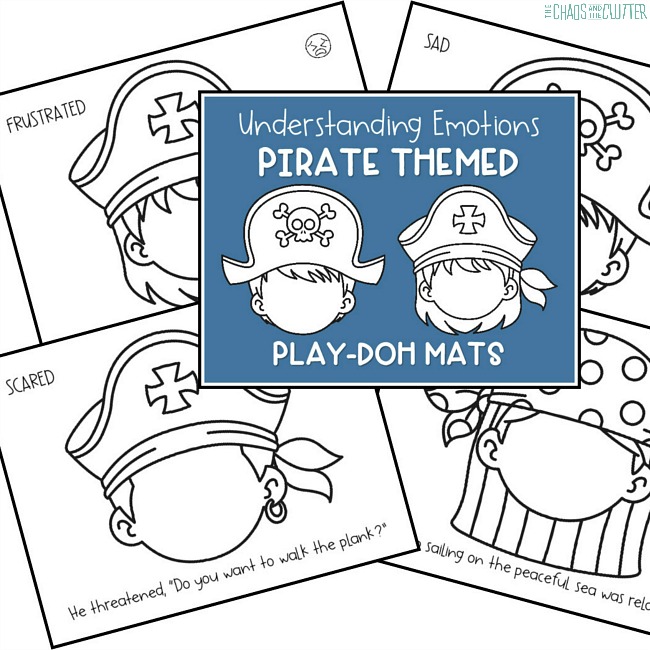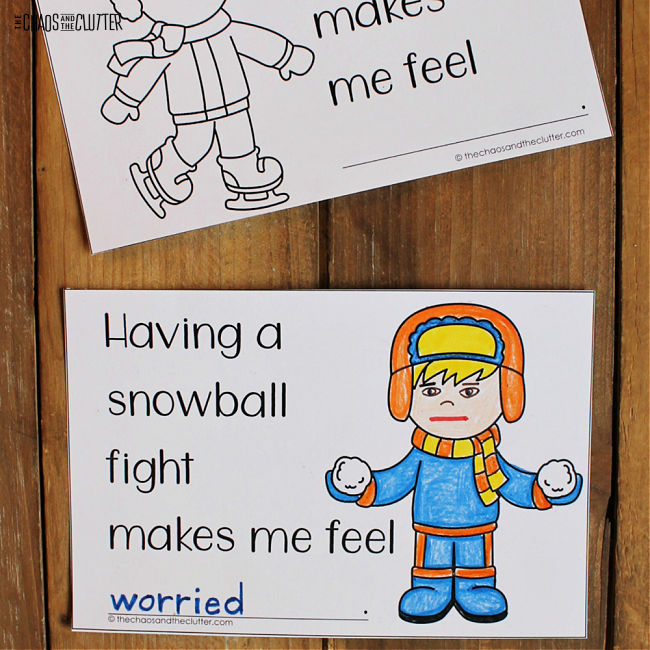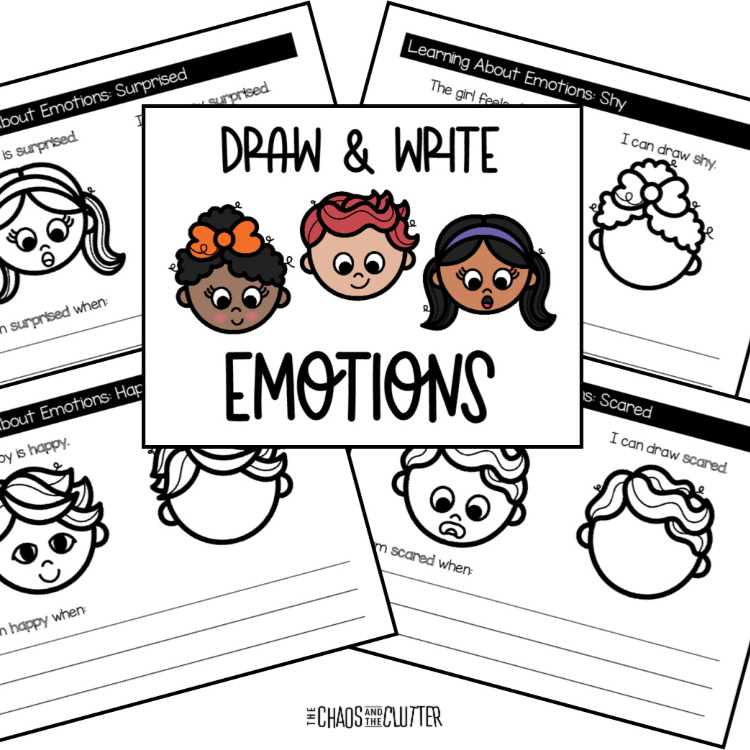Fall is by far my favourite season. The beautiful colours, the crisp air, and anticipation of change to come.
“I’m so glad I live in a world where there are Octobers.” ~ LM Mongomery from the book Anne of Green Gables
For years, I’ve created Summer Bucket Lists for the kids, but only recently realized I should create a fall one too. There are so many seasonal activities that can be done in these gorgeous months.
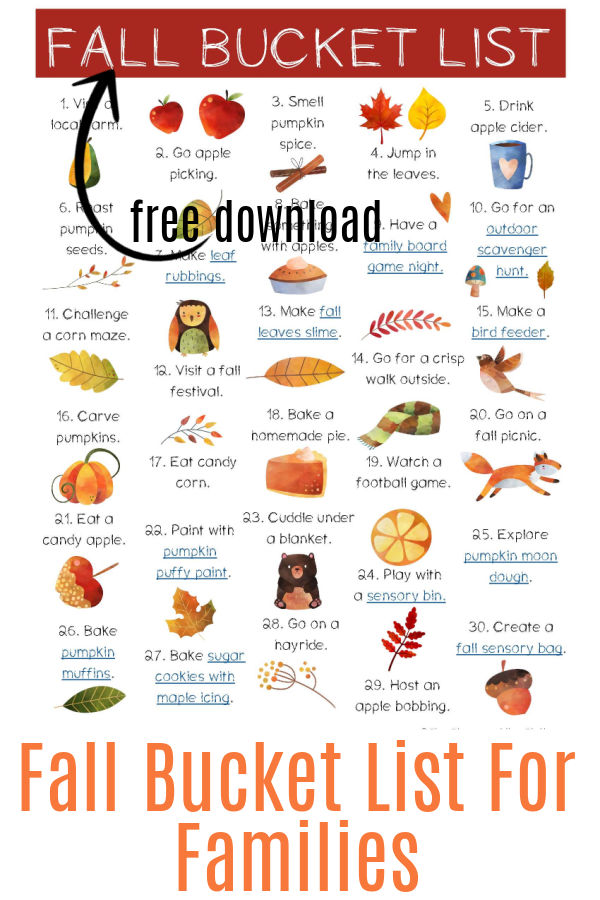 I chose activities for this list that were a good mix of things you can do at home and things to do in your community. I also tried to incorporate the use of as many of the senses as I could.
I chose activities for this list that were a good mix of things you can do at home and things to do in your community. I also tried to incorporate the use of as many of the senses as I could.
This fall, get the whole family engaged in the season!
Fall Bucket List Ideas:
- Visit a local farm.
- Go apple picking.
- Smell pumpkin spice.
- Jump in the leaves.
- Drink apple cider.
- Roast pumpkin seeds.
- Make leaf rubbings.
- Bake something with apples.
- Have a family board game night.
- Go for an outdoor scavenger hunt.
- Challenge a corn maze.
- Visit a fall festival.
- Make fall leaves slime.
- Go for a crisp walk outside.
- Make a toilet paper bird feeder.
- Carve pumpkins.
- Eat candy corn.
- Bake a homemade pie.
- Watch a football game.
- Go on a fall picnic.
- Eat a candy apple.
- Paint with pumpkin puffy paint.
- Cuddle under a blanket.
- Play with a sensory bin.
- Explore pumpkin pie scented moon dough.
- Bake pumpkin muffins.
- Bake sugar cookies with maple icing.
- Go on a hayride.
- Host an apple bobbing.
- Create a fall sensory bag.
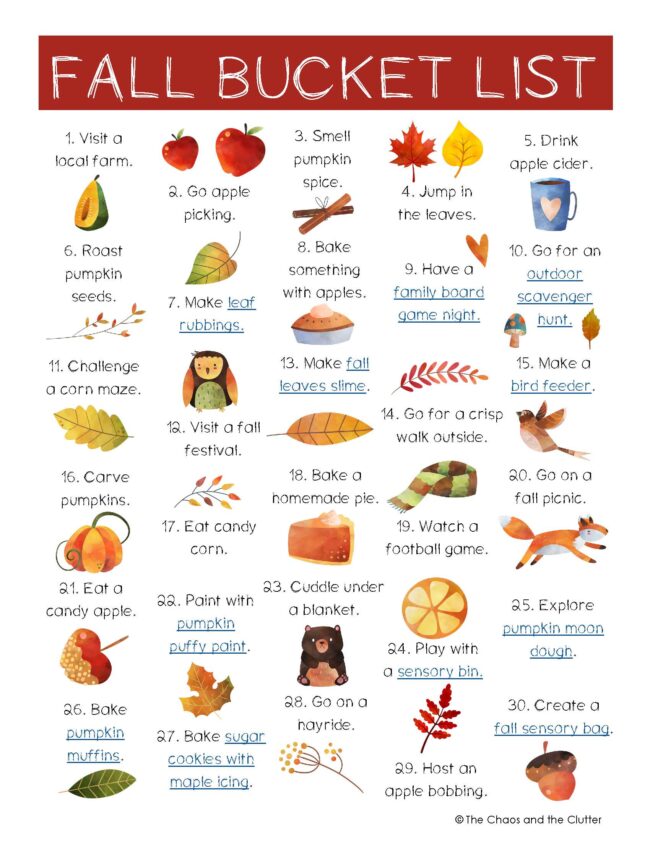 Download your free fall bucket list today simply by entering your email address below.
Download your free fall bucket list today simply by entering your email address below.
Our other seasonal bucket lists:
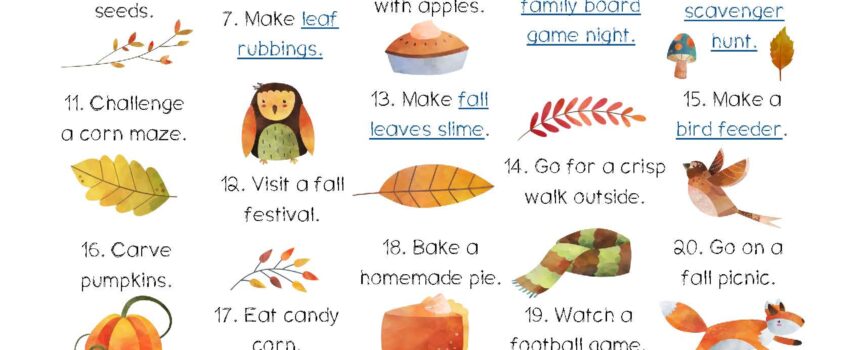
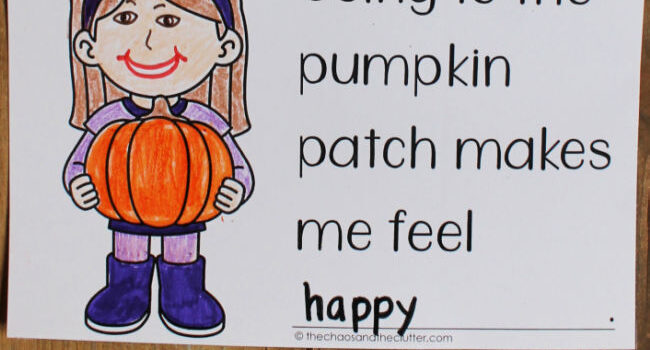
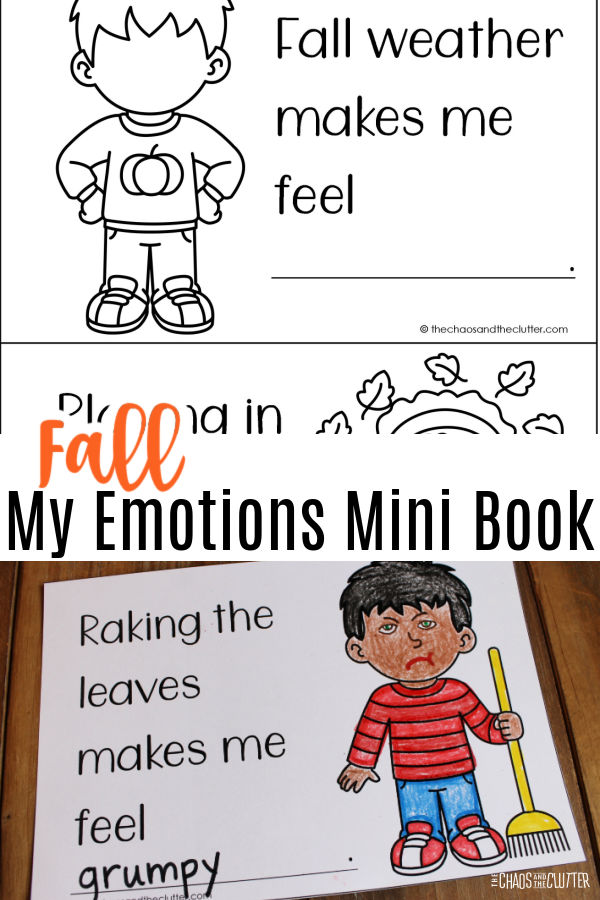
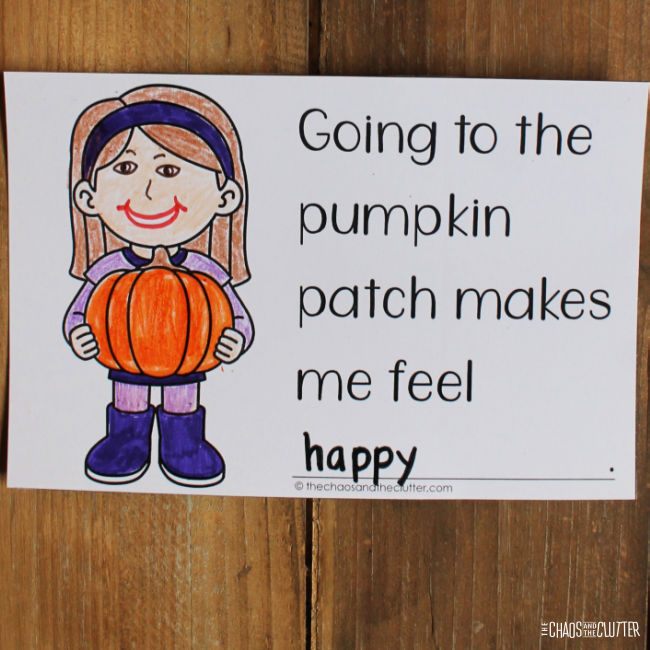 For some students, it may be easy to think of things they like about winter and they may need some prompting. For others, it may be their favourite season and they may need help to come up with things they don’t like!
For some students, it may be easy to think of things they like about winter and they may need some prompting. For others, it may be their favourite season and they may need help to come up with things they don’t like!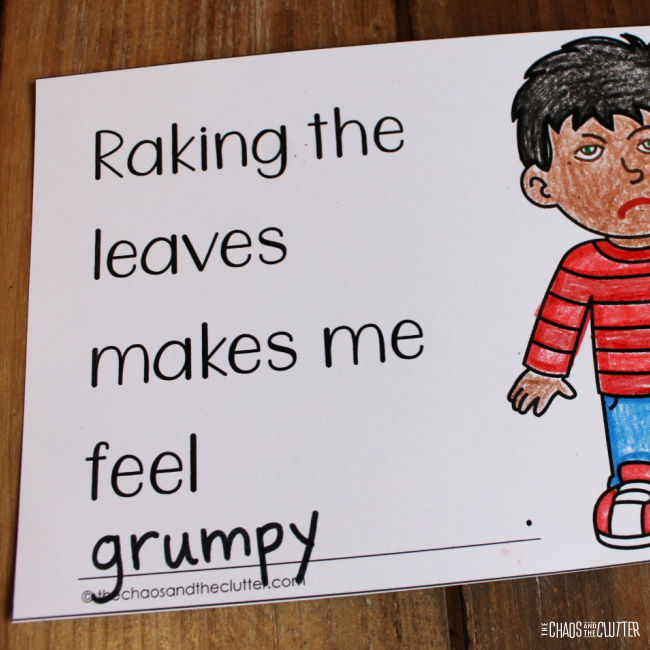
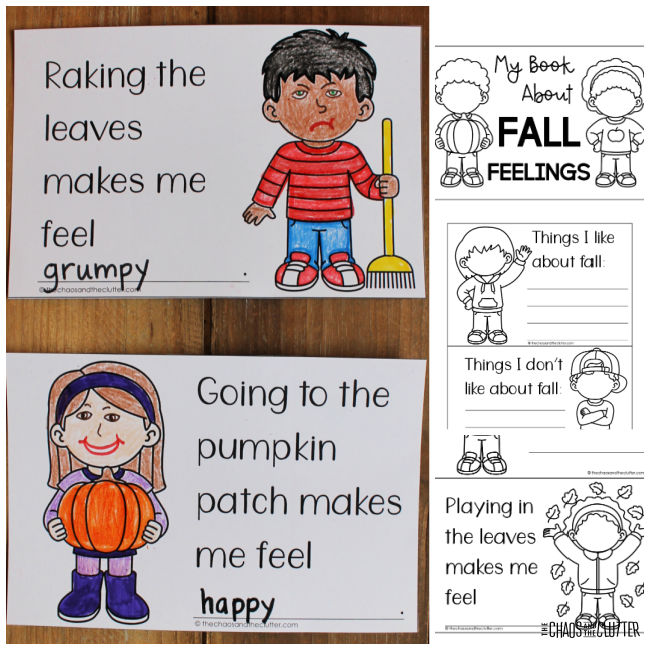 After your child or student has filled out their booklet, it’s a great time to sit down with them and debrief. If there are some seasonal scenarios that seem to have potential to cause them some distress, together you can brainstorm ways they can better manage those feelings if they arise.
After your child or student has filled out their booklet, it’s a great time to sit down with them and debrief. If there are some seasonal scenarios that seem to have potential to cause them some distress, together you can brainstorm ways they can better manage those feelings if they arise. 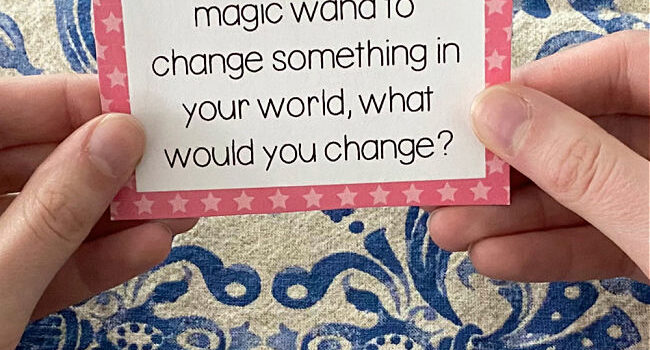
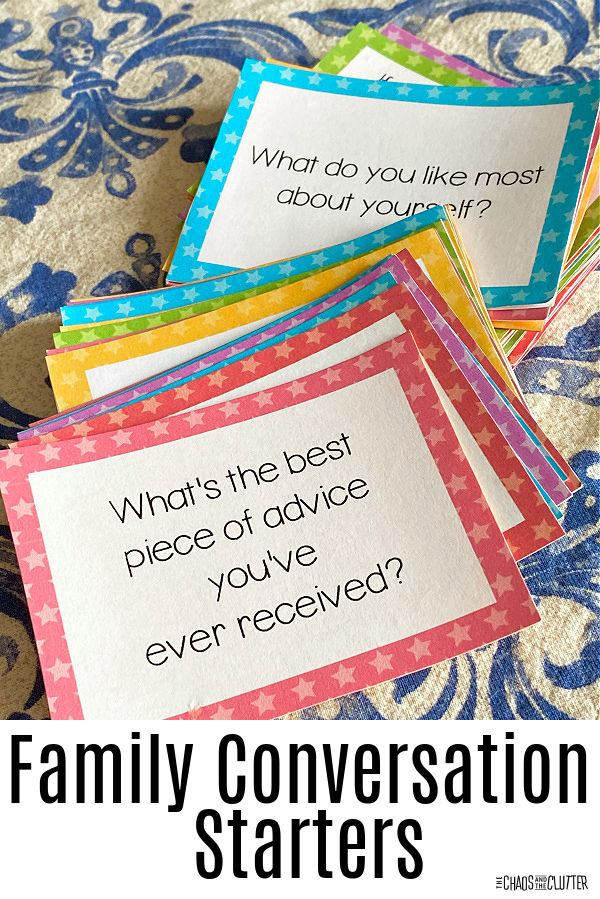
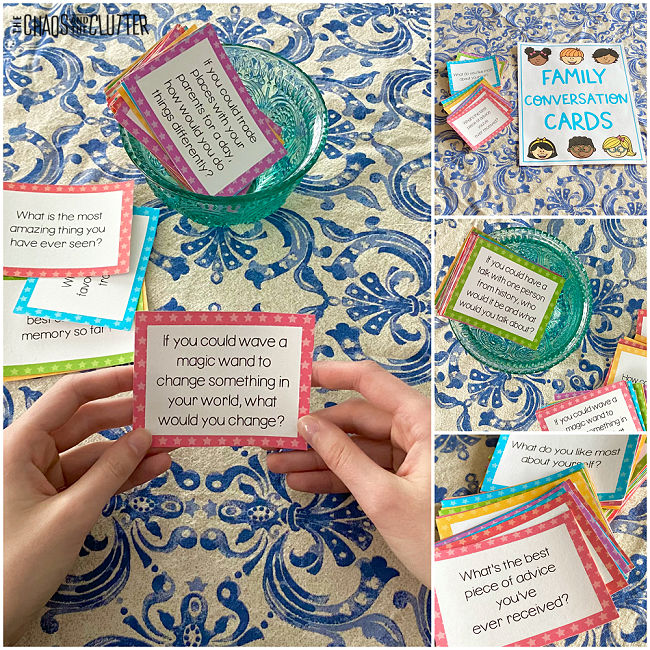
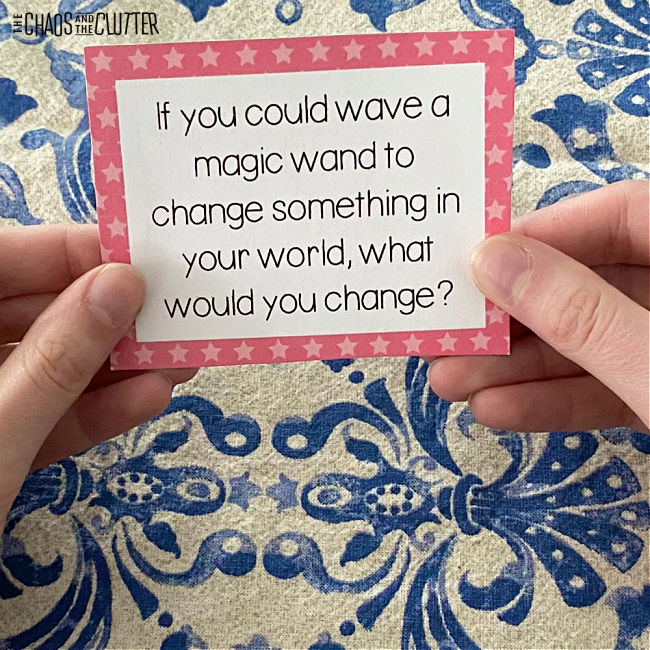
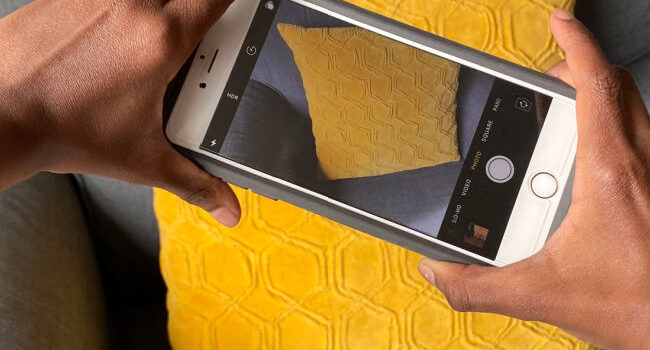
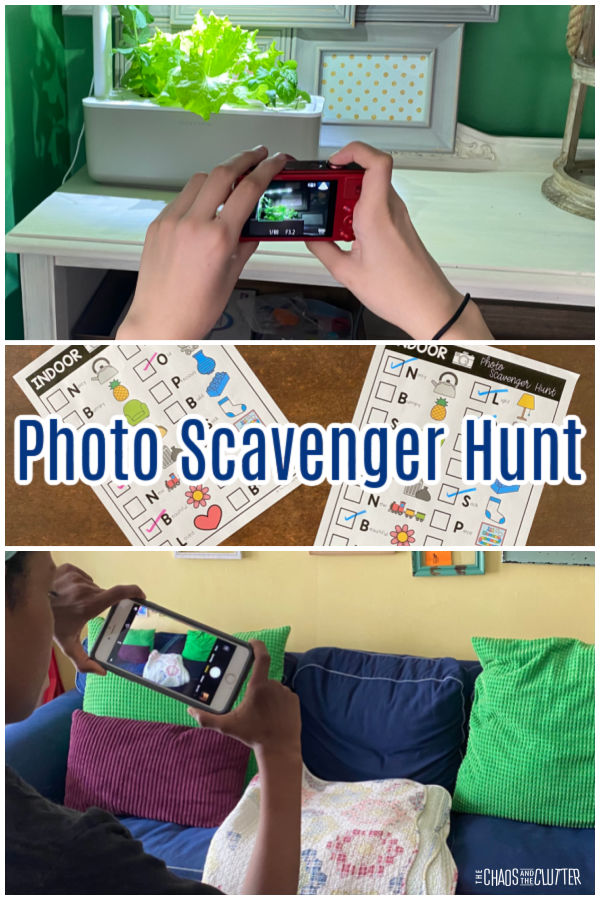
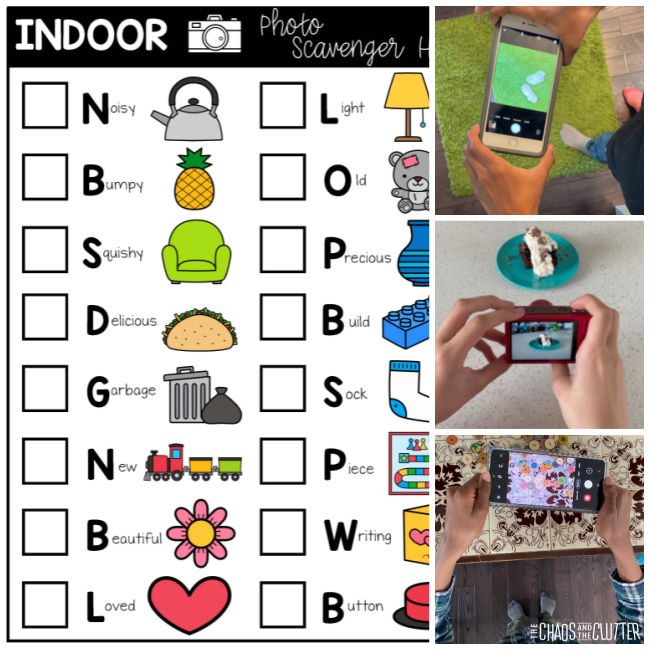
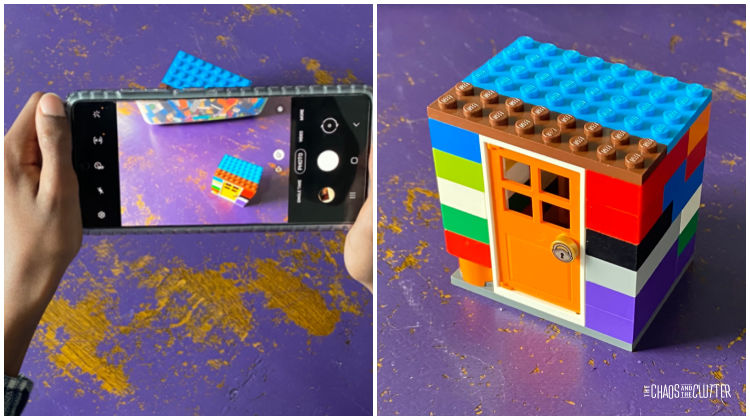
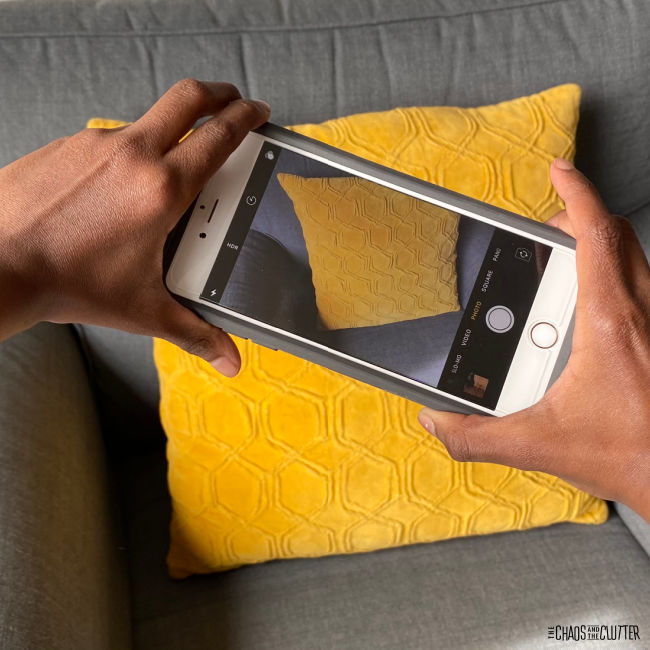
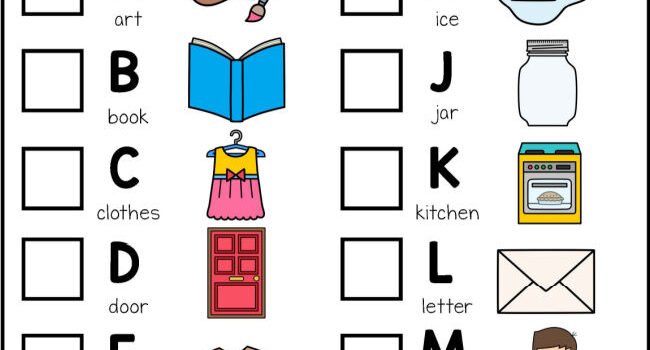

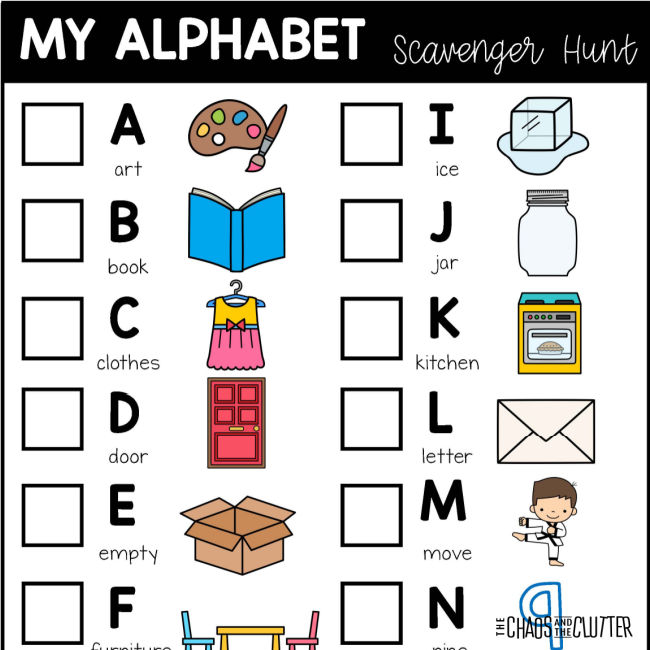
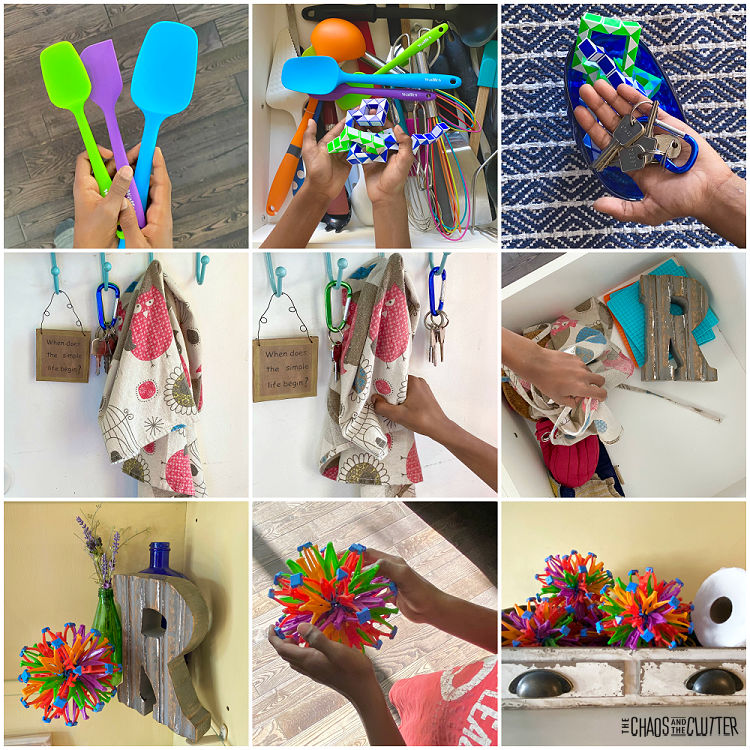
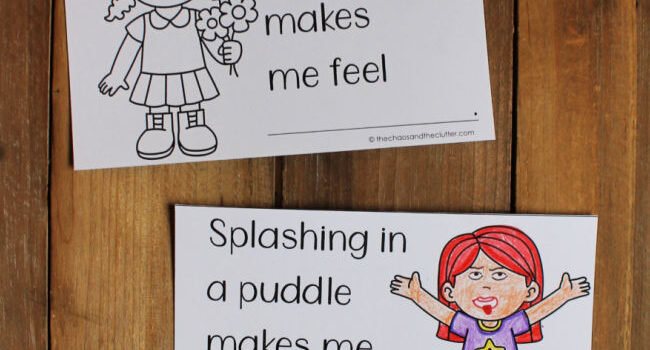
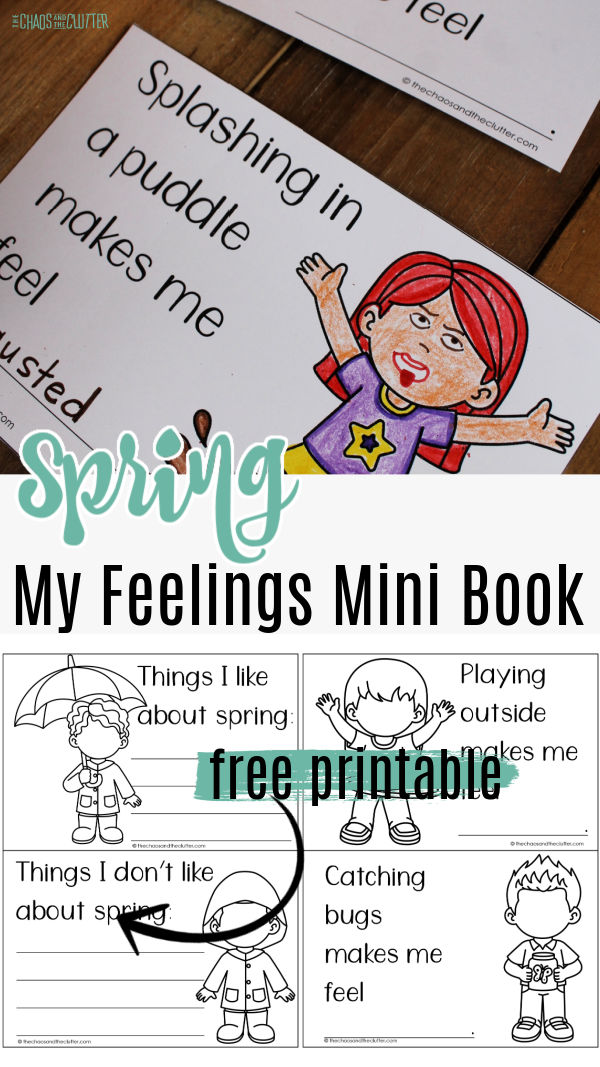 The pages in this Spring themed mini book contain some common seasonal happenings. They are simple enough, but that’s actually the beauty of them. When kids are given the opportunity to talk about how they feel about everyday things, they begin to develop a comfort in speaking about and writing about their emotions in general, which can lead to them sharing about deeper things in the future.
The pages in this Spring themed mini book contain some common seasonal happenings. They are simple enough, but that’s actually the beauty of them. When kids are given the opportunity to talk about how they feel about everyday things, they begin to develop a comfort in speaking about and writing about their emotions in general, which can lead to them sharing about deeper things in the future.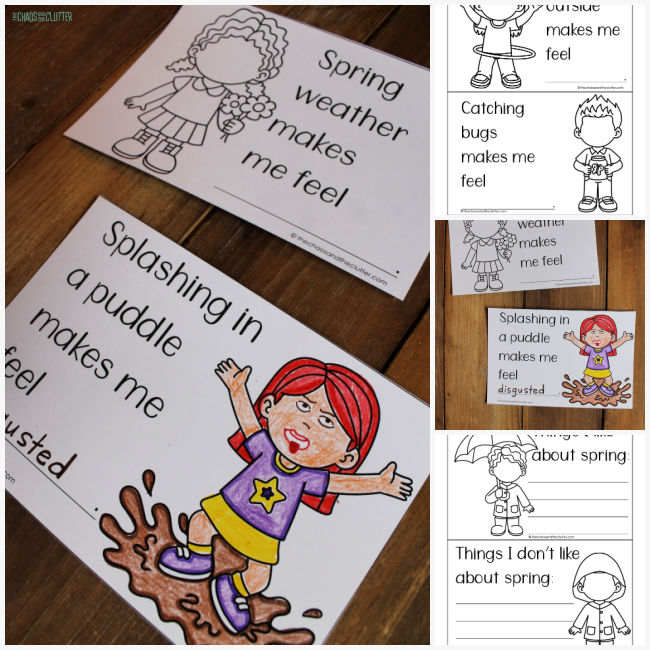 It can be helpful for you to sit down and debrief with the child you’re working with after they fill out their book. This will give you a better understanding of their feelings and allow you to ask further clarifying questions to provide you even more insight.
It can be helpful for you to sit down and debrief with the child you’re working with after they fill out their book. This will give you a better understanding of their feelings and allow you to ask further clarifying questions to provide you even more insight.